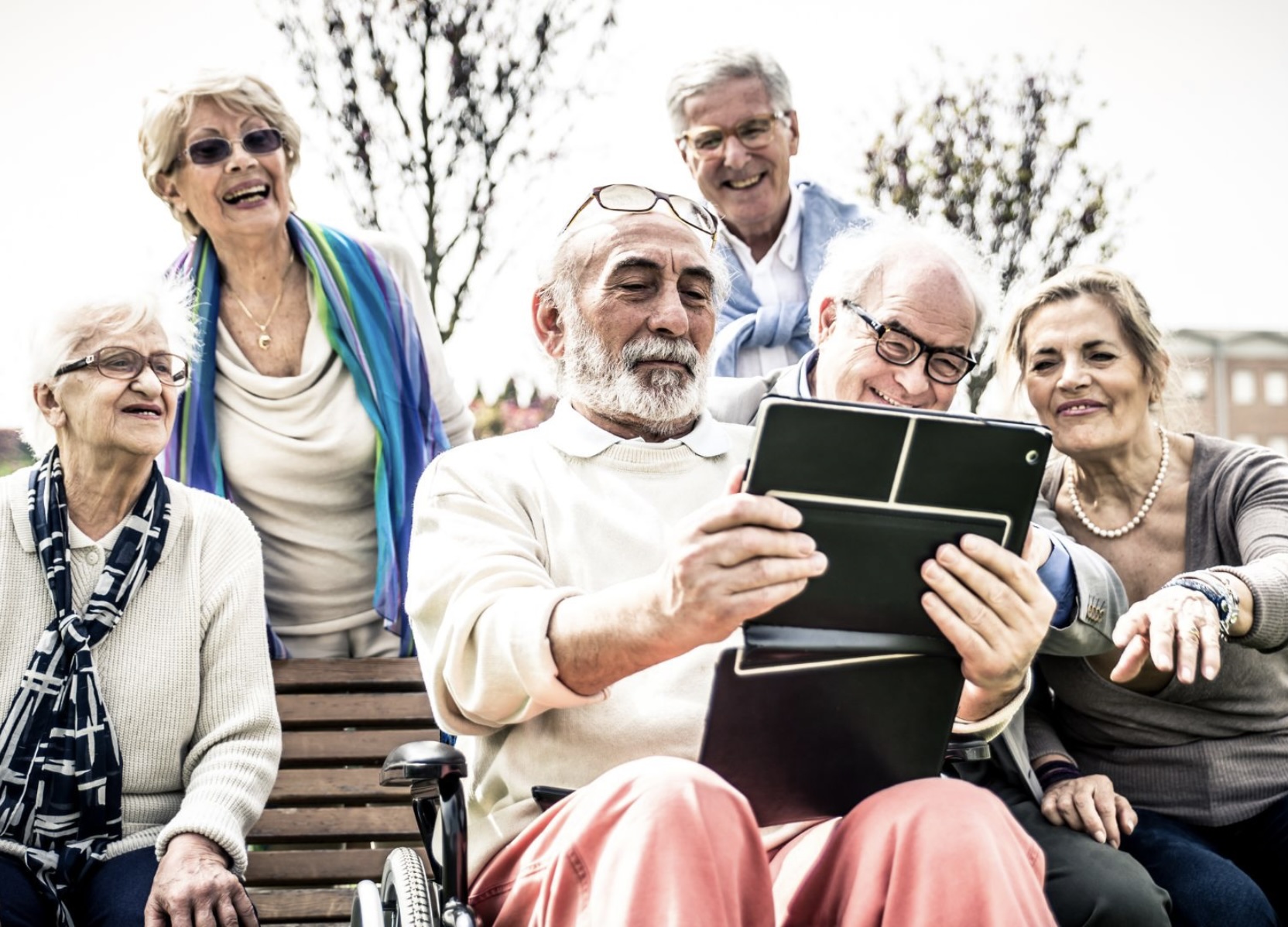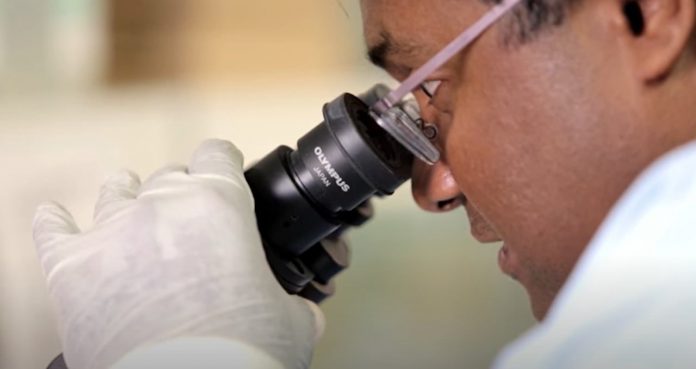Each cell in your body has a complete set of your genes. But they are not all active. The genes to produce liver enzymes, for example, are not a lot of use to bone cells, so the genes that are not needed by each type of tissue are silenced, a process known as epigenetics.
However, if you could undo the silencing you could use tissues taken from one part of the body to replace or repair tissues damaged in another part.
That is just what a team of scientists at the University of New South Wales (UNSW) have done. They have found a way to reprogram fat cells to become multi-potent stem cells (iMS) that can be used to repair damaged muscle, cartilage, bone, and blood vessels.
The scientists, led by UNSW haematologist Professor John Pimanda joint senior author of the study, created the iMS cells in a lab by exposing human fat cells to a chemical mixture that erased the silencing marks.
They then injected the human iMS cells into mice where they stayed dormant – at first. But, when the mice had an injury, the stem cells adapted to their surroundings and transformed into the tissue that needed repairing.
The stem cells followed local cues to blend into the tissue that required healing.
The results are encouraging in mice, but more research and tests are needed before any potential translation to human therapies.
Existing technologies to transform cells into stem cells have key limitations: they are limited in the range of tissues they can create, and they cannot be directly injected because they carry a risk of developing tumours.
The iMS cells, which are made from adult tissue, showed no sign of developing into tumours. They also adapted to a range of different tissue types in mice. And as they are made from a patient’s own cells, there is less risk of rejection.
If the iMS cells are shown to be safe for human use, they could one day help mend anything from traumatic injuries to heart damage.
The researchers reprogramed fat cells using two compounds: azacitidine, a drug used in blood cancer therapy; and a naturally occurring growth factor that stimulates cell growth and tissue repair.
The cells released their fat and lost their identity as a fat cell around three and a half weeks after treatment.
“This is a very simple technology,” says Dr Vashe Chandrakanthan, who led the mouse study with Prof. Pimanda.
He says a potential clinical application is to take the patient’s fat cells, incubate them with chemicals. When ready, these reprogrammed cells could be injected into the patient.
While the results are encouraging, the researchers are mindful that potential translation to human therapies is still a long way away.
“Safety is our first and primary concern,” says Prof. Pimanda. “Preclinical studies and clinical trials still need to be done, and we need to be sure we can generate these cells safely.”
“Successful medical research that achieves its final goal – that is, translating to routine clinical applicants and treatment – can often take many years,” says Dr Chandrakanthan. “There can be barriers, setbacks and failed experiments. It’s the nature of research.
“While these findings are very exciting, I will keep a lid on my excitement until we get this through to patients.”
The results of the study were published online in Science Advances in late 2020.


































